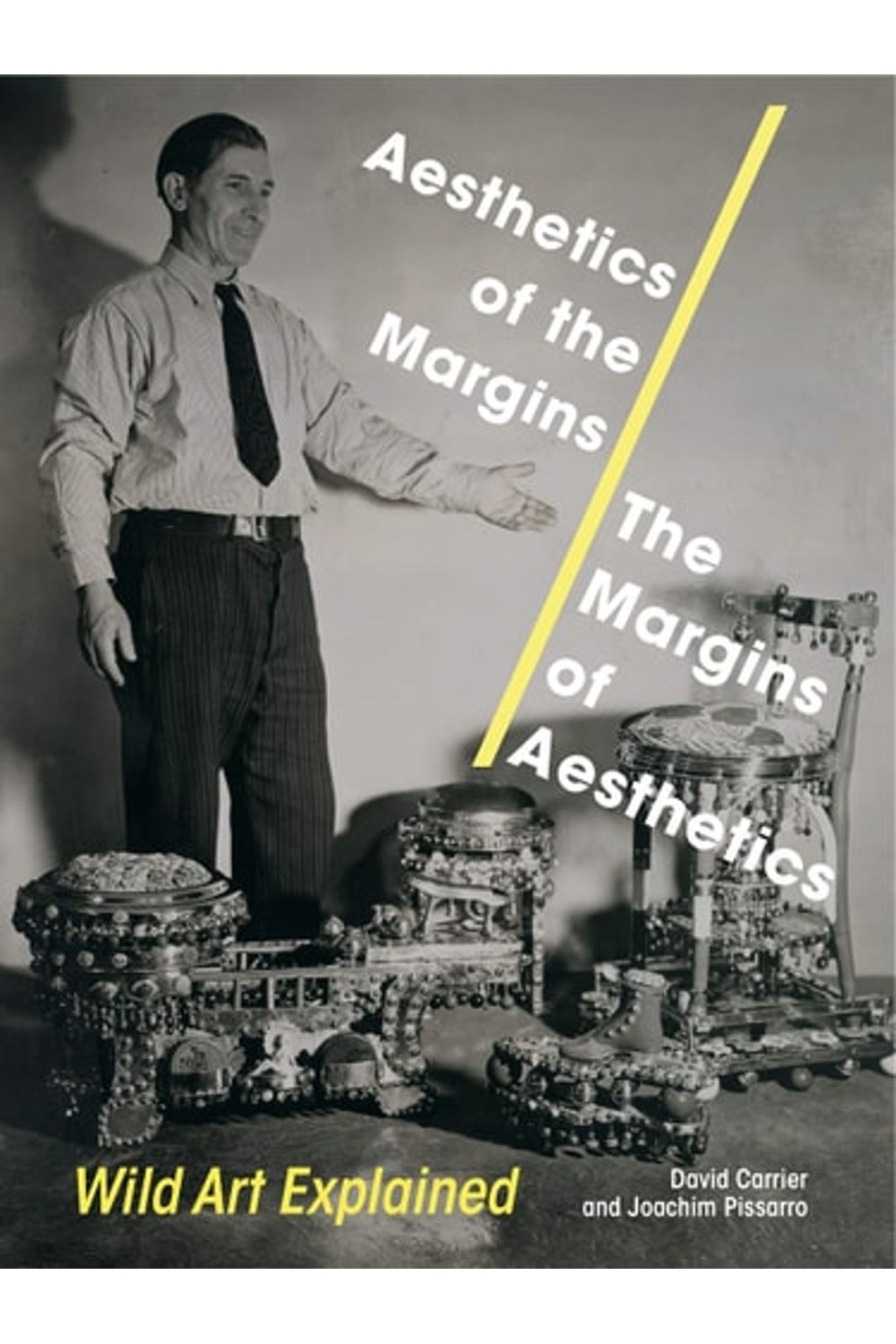“Aesthetics of the Margins / The Margins of Aesthetics: Wild Art Explained” by David Carrier and Joachim Pissarro dismantles traditional art world hierarchies. This hardcover edition champions “Wild Art” forms existing outside galleries, like graffiti, performance art, and self-expression arguing for their equal aesthetic merit. The authors, building upon their previous work, challenge the notion of “kitsch” and the high/low art divide, advocating for a more inclusive and democratic understanding of art. They examine the historical construction of “taste,” revealing missed opportunities for inclusivity, and contend that appreciating a skateboarder’s trick holds the same potential for sublime experience as viewing classical art. Penn State University Press, 2018. A must-read for anyone seeking to expand their understanding of contemporary art and question established norms.
Aesthetics of the Margins / The Margins of Aesthetics: Wild Art Explained
32,78 $
In stock
Wild Art refers to work that exists outside the established, rarified world of art galleries and cultural channels. It encompasses uncatalogued, uncommodified art not often recognized as such, from graffiti to performance, self-adornment, and beyond. Picking up from their breakthrough book on the subject, Wild Art, David Carrier and Joachim Pissarro here delve into the ideas driving these forms of art, inquire how it came to be marginalized, and advocate for a definition of taste, one in which each expression is acknowledged as being different while deserving equal merit.
Arguing that both the art world and wild art have the same capacity to produce aesthetic joy, Carrier and Pissarro contend that watching skateboarders perform Christ Air, for example, produces the same sublime experience in one audience that another enjoys while taking in a ballet; therefore, both mediums deserve careful reconsideration. In making their case, the two provide a history of the institutionalization of taste in Western thought, point to missed opportunities for its democratization in the past, and demonstrate how the recognition and acceptance of wild art in the present will radically transform our understanding of contemporary visual art in the future.
Provocative and optimistic, Aesthetics of the Margins / The Margins of Aesthetics rejects the concept of kitsch and the high/low art binary, ultimately challenging the art world to become a larger and more inclusive place.
| Authors | |
|---|---|
| Binding | |
| Condition | |
| ISBN-10 | 0271081139 |
| ISBN-13 | 9780271081137 |
| Language | |
| Pages | 240 |
| Publisher | |
| Year published | |
| Weight | 590 |
| Edition | 1 |
Related products
-
The Merchant of Venice (Graffex)
16,85 $ -
Anvil: The Story of Anvil
19,52 $ -
What is Punk?
13,15 $
- Additional information
- Currencies
- USD – United States dollar
- EUR – Euro
- GBP – Pound sterling
- CNY – Chinese yuan
- BRL – Brazilian real
- MXN – Mexican peso
- JPY – Japanese yen
- PHP – Philippine peso
- THB – Thai baht
- PLN – Polish złoty
- CAD – Canadian dollar
- MYR – Malaysian ringgit
- AUD – Australian dollar
- TWD – New Taiwan dollar
- CZK – Czech koruna
- SEK – Swedish krona
- HUF – Hungarian forint
- ILS – Israeli new shekel
- CHF – Swiss franc
- HKD – Hong Kong dollar
- DKK – Danish krone
- SGD – Singapore dollar
- NOK – Norwegian krone
- NZD – New Zealand dollar





